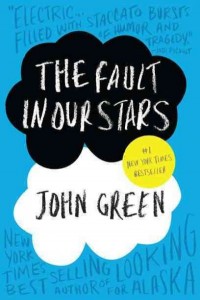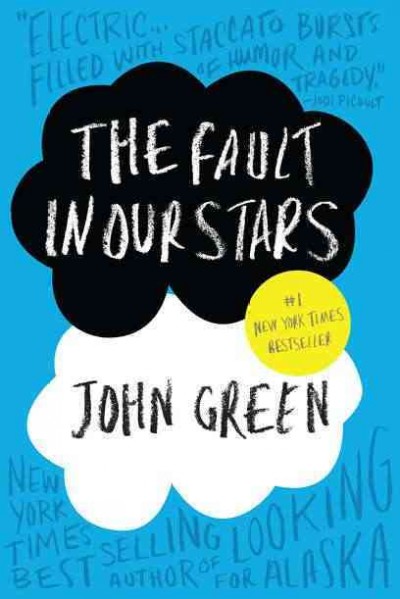 It’s her lungs that have been ravaged by cancer, and she needs an oxygen tank to breathe. It’s his bones, and he has a prosthetic leg. And you know, even as you begin the tale of their young romance, that the end will be 100 kinds of awful, not so much a vale as a brutal canyon of tears.
It’s her lungs that have been ravaged by cancer, and she needs an oxygen tank to breathe. It’s his bones, and he has a prosthetic leg. And you know, even as you begin the tale of their young romance, that the end will be 100 kinds of awful, not so much a vale as a brutal canyon of tears.
Still you press on. At least I did. And I’m hardly alone. Some 150,000 copies, including e-books, of “The Fault in Our Stars,” a novel by a hugely gifted writer named John Green, have been sold since it was published last month. Twice that many are in print. Those are big numbers in the beleaguered world of publishing, and this is the best part: many of the book’s fans—a sizeable majority, no doubt—fall into the same demographic category as its protagonists. They’re teens.
The same teens who were supposed to turn their backs on fiction because of all those television channels. And all those video games. And the distractions of the iPod and then the iPhone and now the iPad, which—what do you know?—turns out to be an excellent way not just to watch movies but to read. Teens use it for that, as they do their Kindles and Nooks, which are Christmas-list mainstays at this point.
In fact one of the happiest and most hopeful developments in publishing over the last decade is the expansion of the sub-market known as “young adult,” or YA, to which “The Fault in Our Stars” belongs. Bookstores are assigning YA titles more space. Serious novelists who would once have blanched at the thought of writing YA novels are giving them a try. And publishing houses are pumping out more and more of them, creating special YA imprints and lines where they didn’t exist.
Read the rest of Frank Bruni’s opinion piece in the 2/22/12 New York Times: HERE

